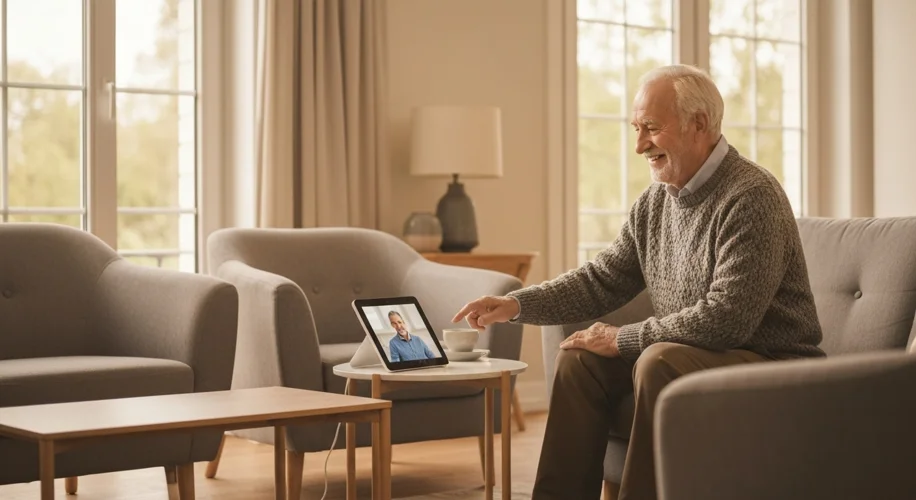As we get older, or as our loved ones age, keeping them safe and independent at home becomes a priority. My own parents are getting on in years, and I’ve been thinking a lot about how technology can help them, especially if they were to develop something like dementia. It’s not about replacing human connection, but about giving them a bit more freedom and us a bit more peace of mind.
Think about simple things. For someone with dementia, remembering to take medication can be a challenge. And staying connected with family is so important. This is where smart home tech, designed with simplicity in mind, can really shine.
Medication Reminders That Actually Work
There are some really user-friendly devices out there. Imagine a smart pill dispenser that not only holds the right dose of medication for the day but also lights up or sends a notification to a caregiver’s phone when it’s time to take it. Some even have a lock to prevent accidental double-dosing. They’re designed to be straightforward – often just a simple button to press after the compartment opens. No complicated apps or confusing interfaces needed for the person receiving care.
Staying Connected, Easily
Communication is key. Video calling devices, like a simplified smart display, can make it easy for elderly parents to see and talk to family members. Think of a device that’s always on and ready, with large buttons or voice activation. A grandchild can easily pop in for a quick chat, or a caregiver can check in visually without it feeling intrusive. Some systems even allow for pre-set contacts, so there are no numbers to dial, just a picture to tap.
Peace of Mind Through Simple Presence
Beyond communication and medication, there are other helpful gadgets. Motion sensors can alert a caregiver if someone hasn’t moved for an unusual amount of time, or if they’ve left a particular room. Smart door locks can give peace of mind, allowing trusted individuals to enter if needed, while also providing a record of who came and went. The goal is always to enhance safety and independence without making the home feel sterile or overly managed.
It’s fascinating to see how these technologies, which can sometimes seem complex, have such practical and heartwarming applications. By focusing on reliability and ease of use, we can create environments that support our aging loved ones, allowing them to maintain their dignity and connection to the world around them. It’s a growing area, and one that brings a lot of value to people’s lives.

